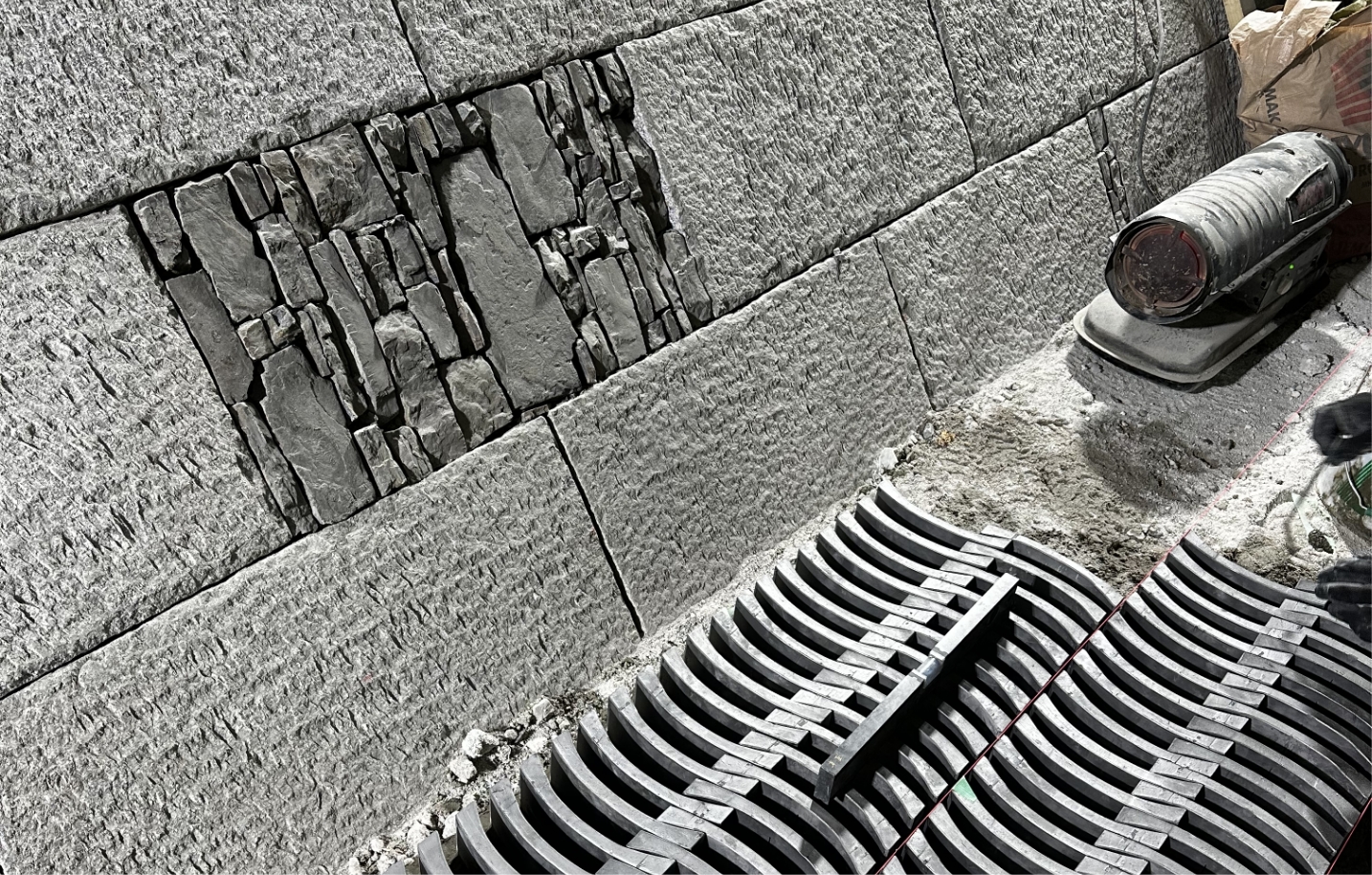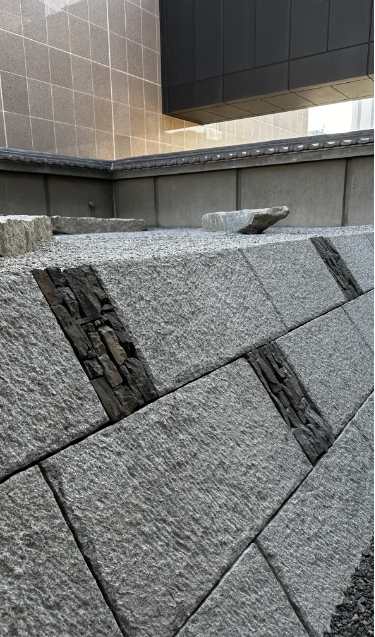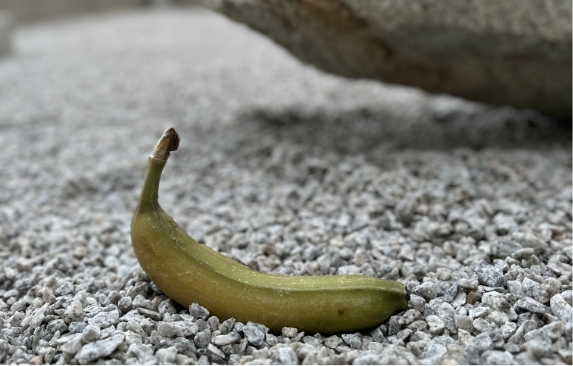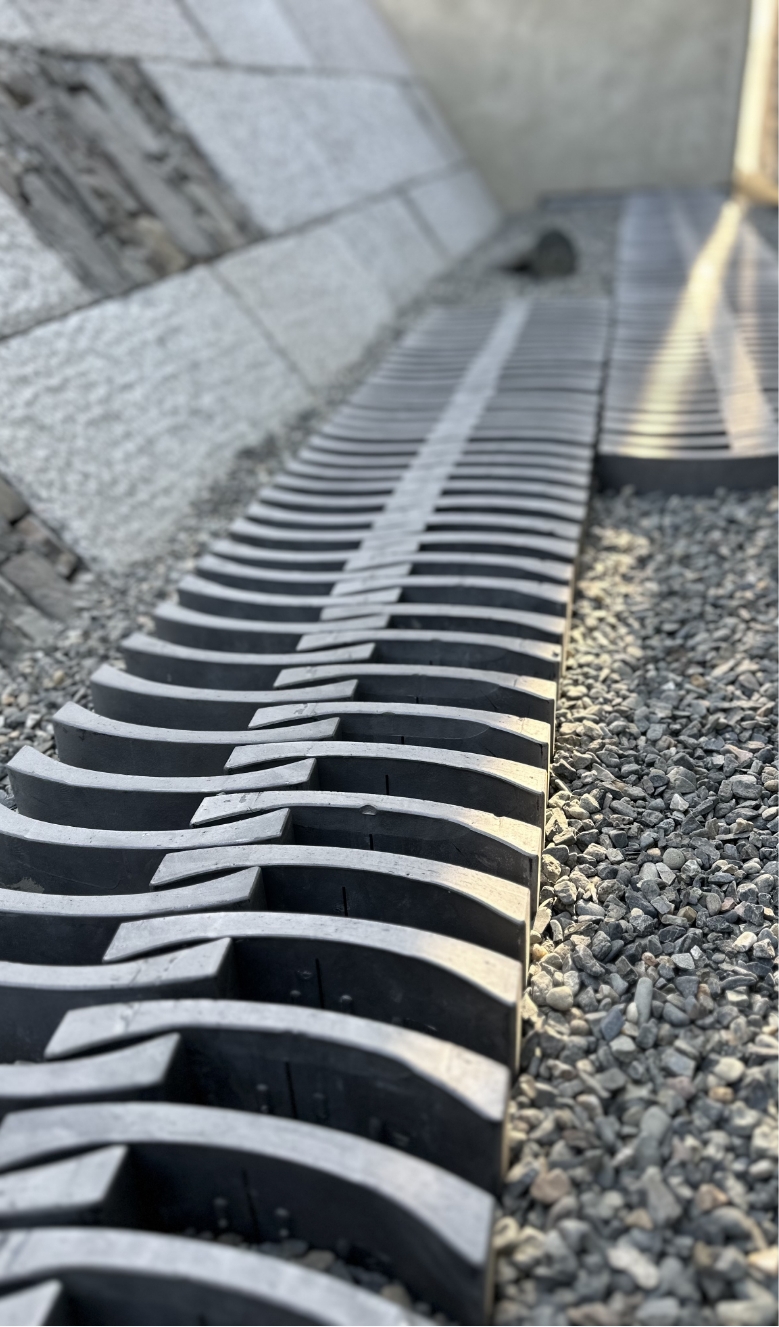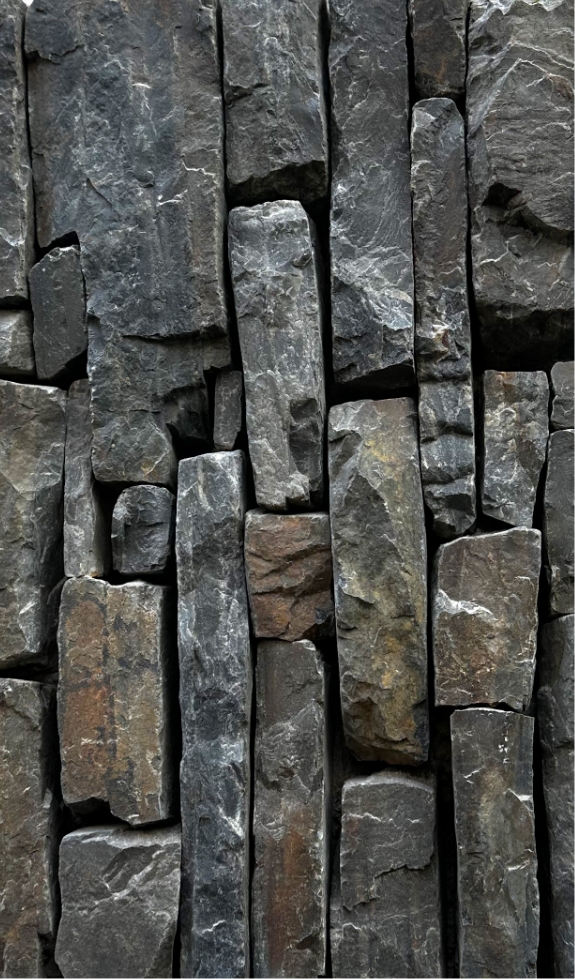J Garden in Vietnam
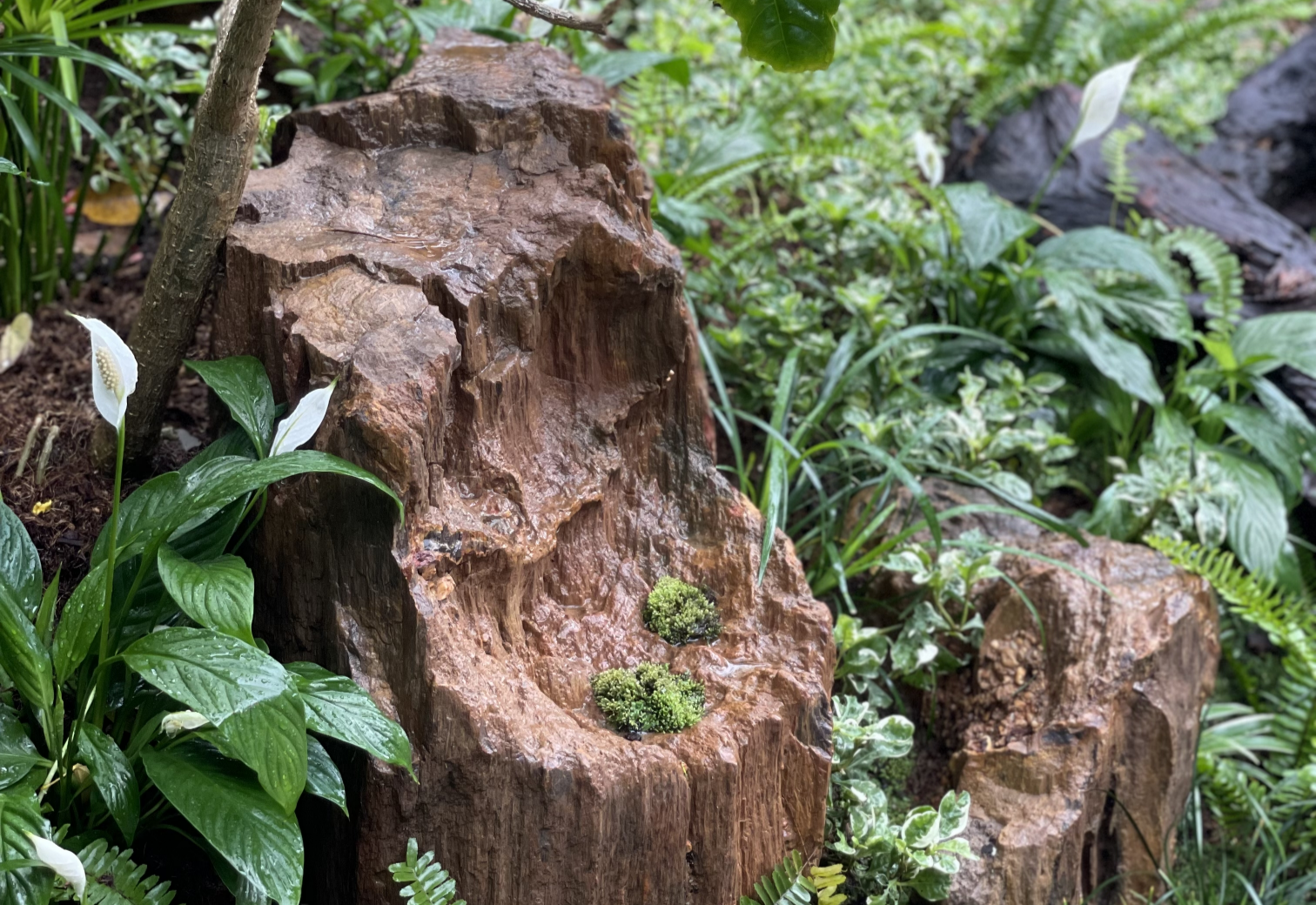
異国文化の流入が激しい歴史をもつベトナムのオフィス空間に設計した庭。数万年の時を経て植物が化石となった珪化木をはじめ、現地で調達した素材のみで構成。バランスをつくるために機能した日本庭園は後退し、ベトナム現地のエネルギーを発現させる。
A garden designed in an office space in Vietnam, which has a history of a strong influx of foreign culture. It is composed only of locally procured materials, including petrified wood that has become fossilized plants over tens of thousands of years. The Japanese garden, which functions to create balance, disappears from there and expresses the local energy of Vietnam.

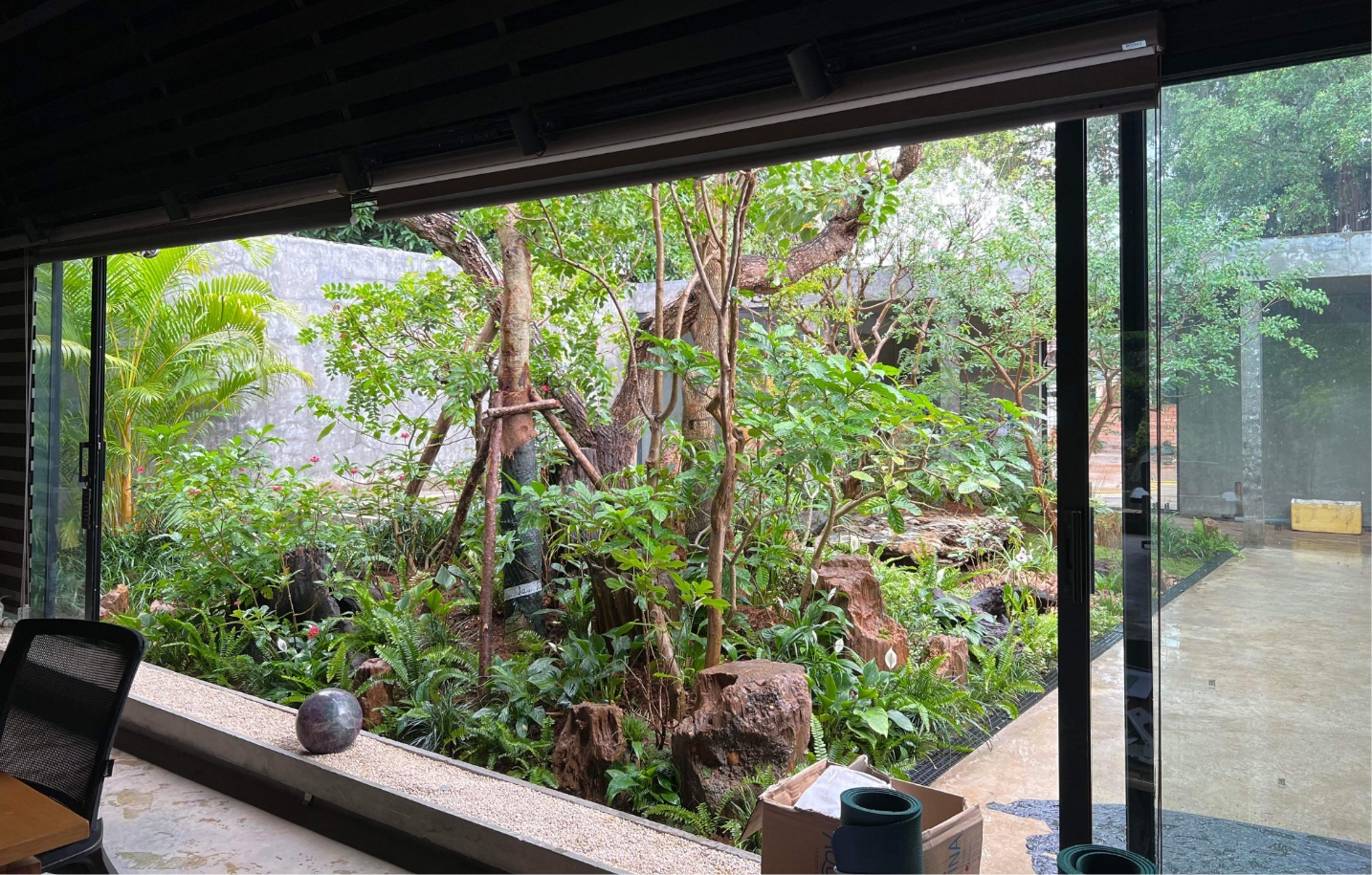
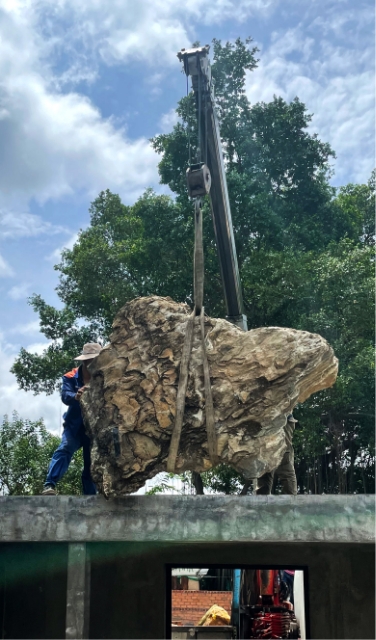
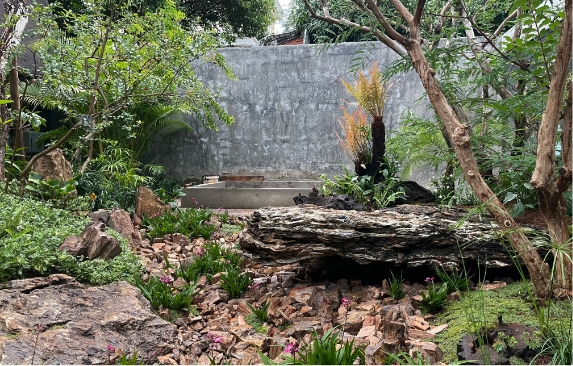
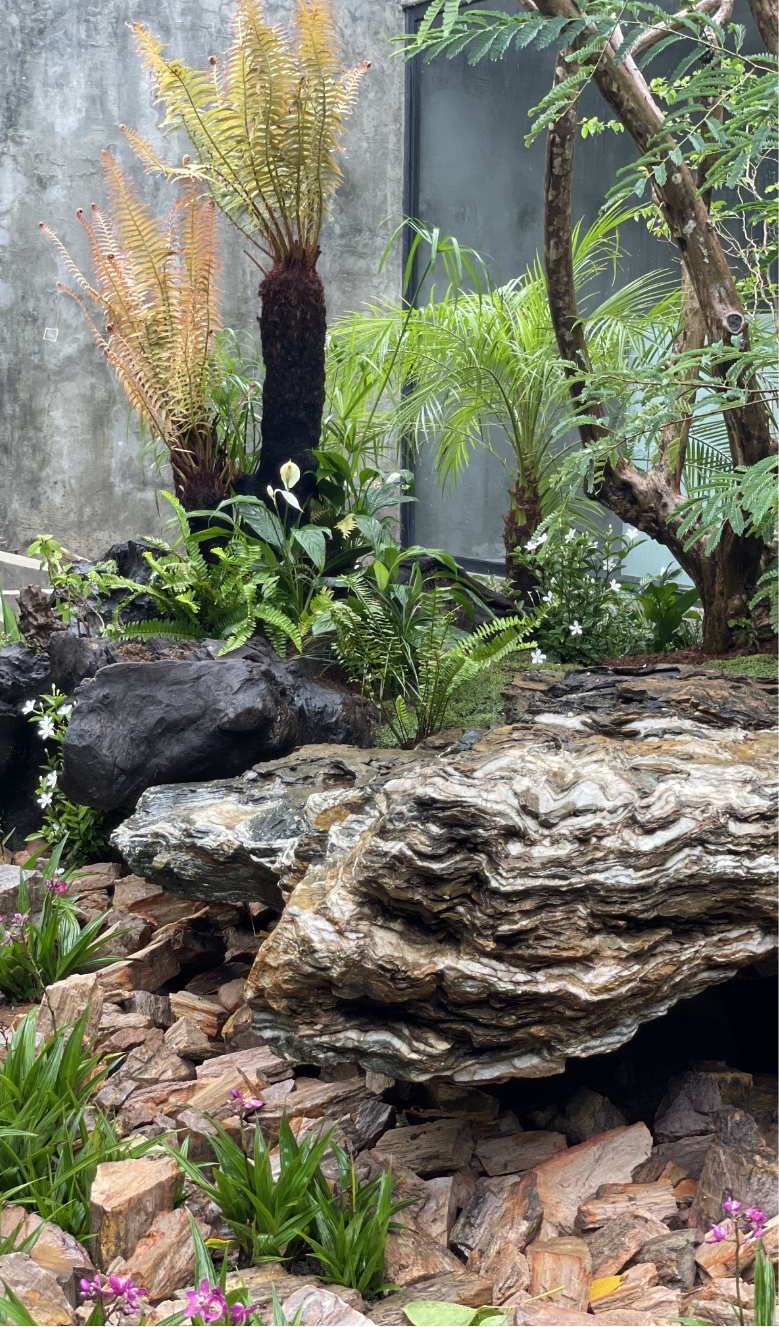
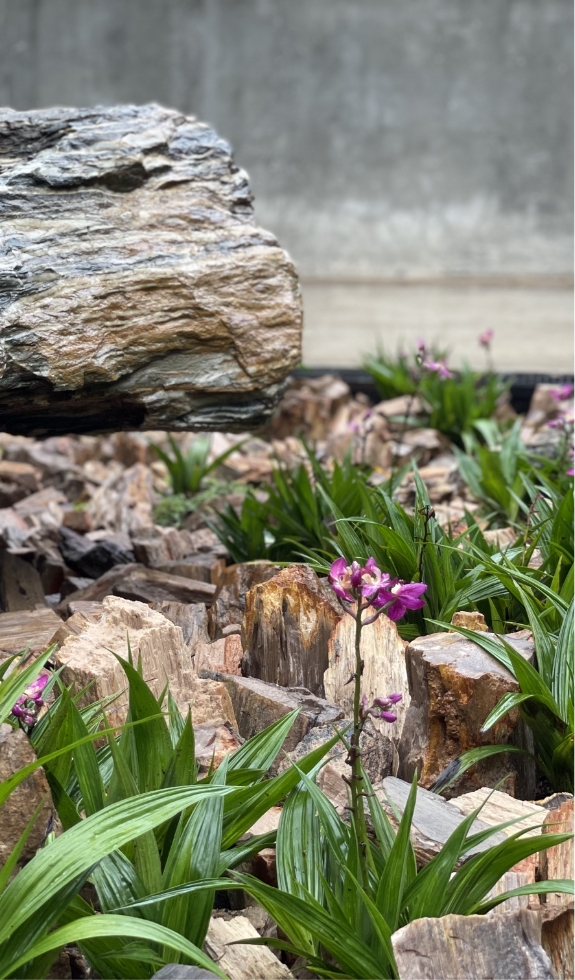
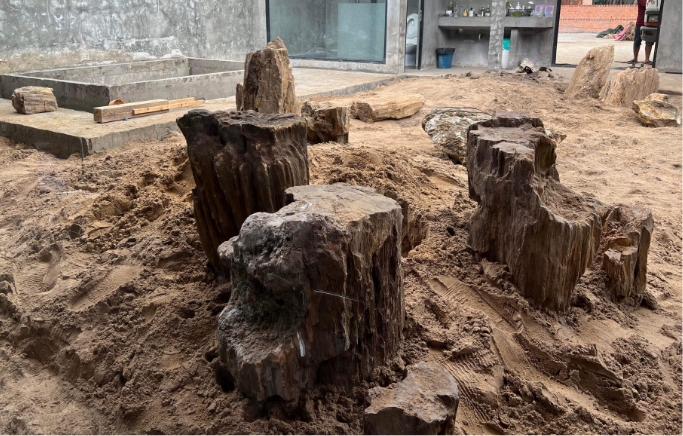
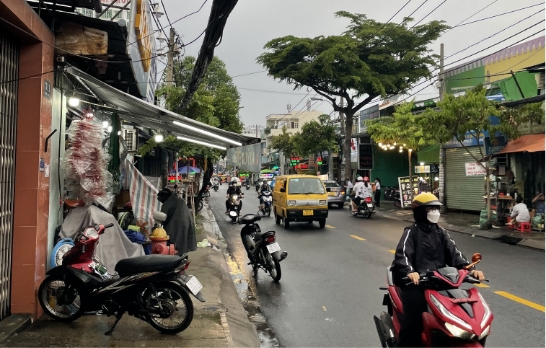
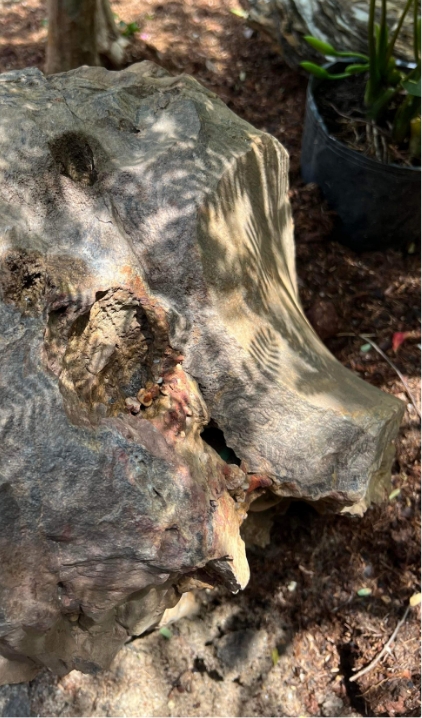
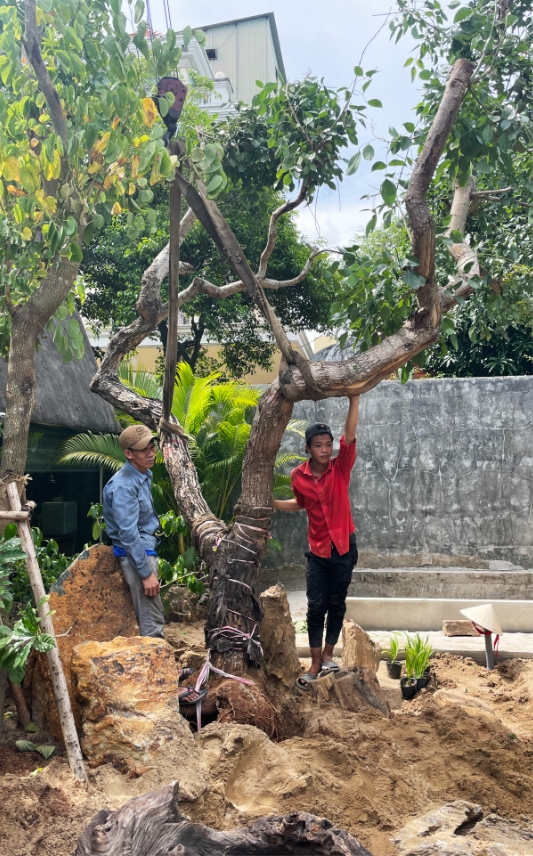
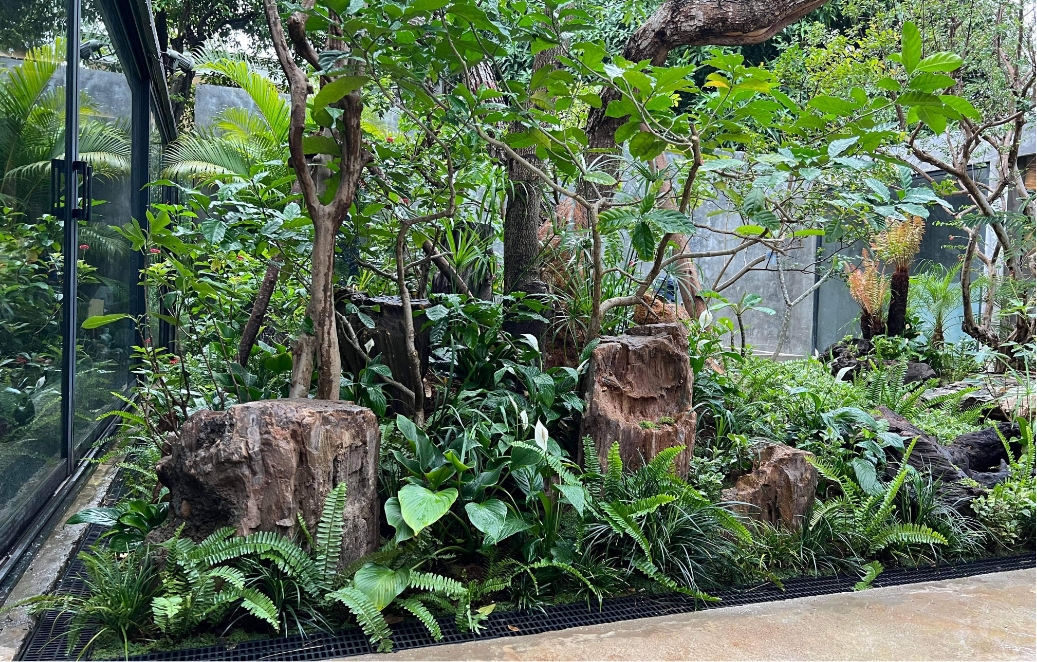
J Garden in Mongolia
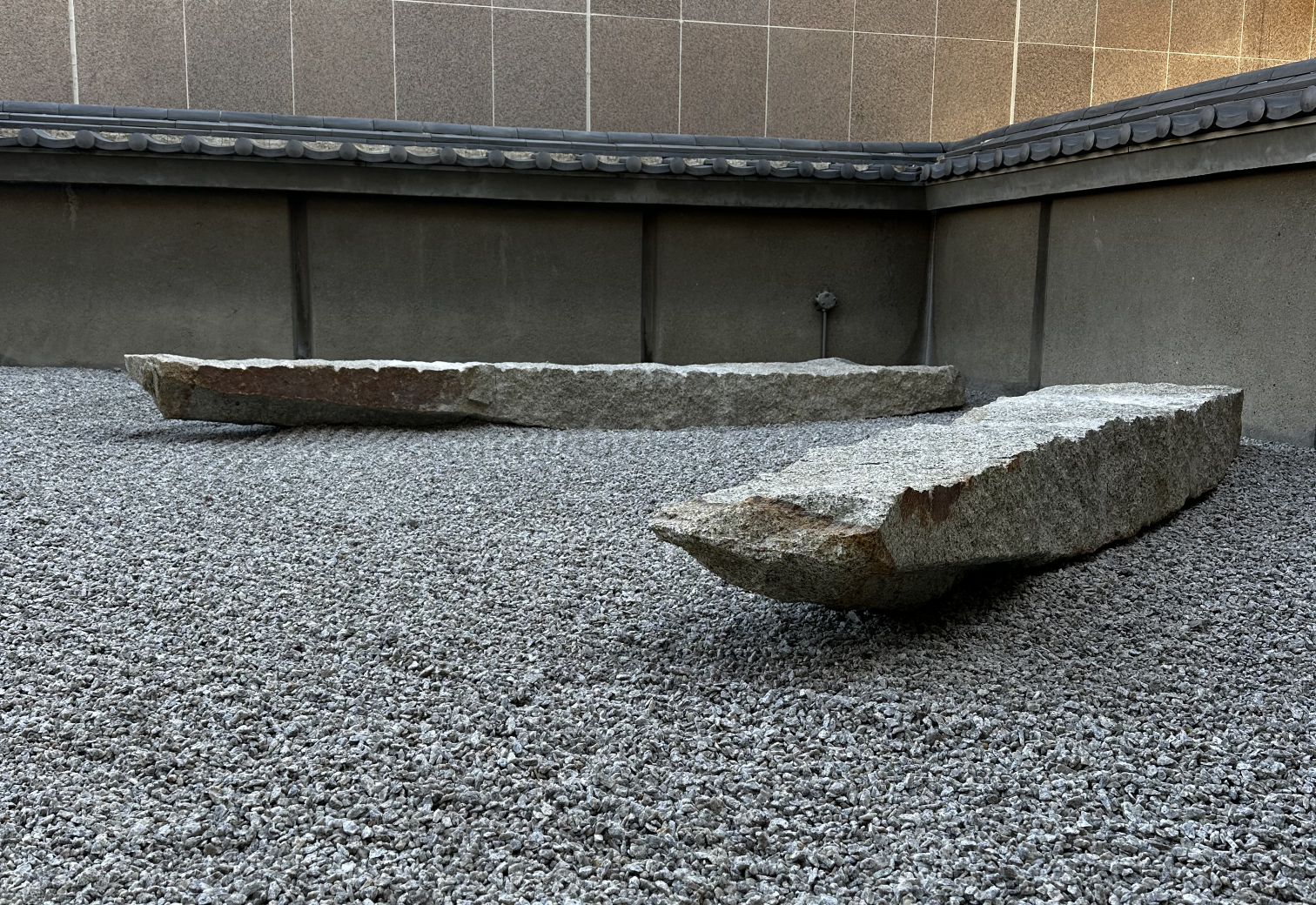
モンゴル・ウランバートルにある某国大使館内の石庭。厳しい気候条件や大使館の厳粛なムードをまといながら、上空の抜けるような青に向かう伸びやさかのある庭を。「雲海をゆく二隻の舟」に見立てた二石は大使館の友好的な性格をものがたる。
Rock garden inside the Japanese Embassy in Ulaanbaatar, Mongolia. Despite the harsh climate conditions and the solemn mood of the embassy, we created a garden with a carefree expression towards the blue that stretches out into the sky. The two stones have the concept of “two boats sailing through a sea of clouds” and express the friendly nature of the embassy.

